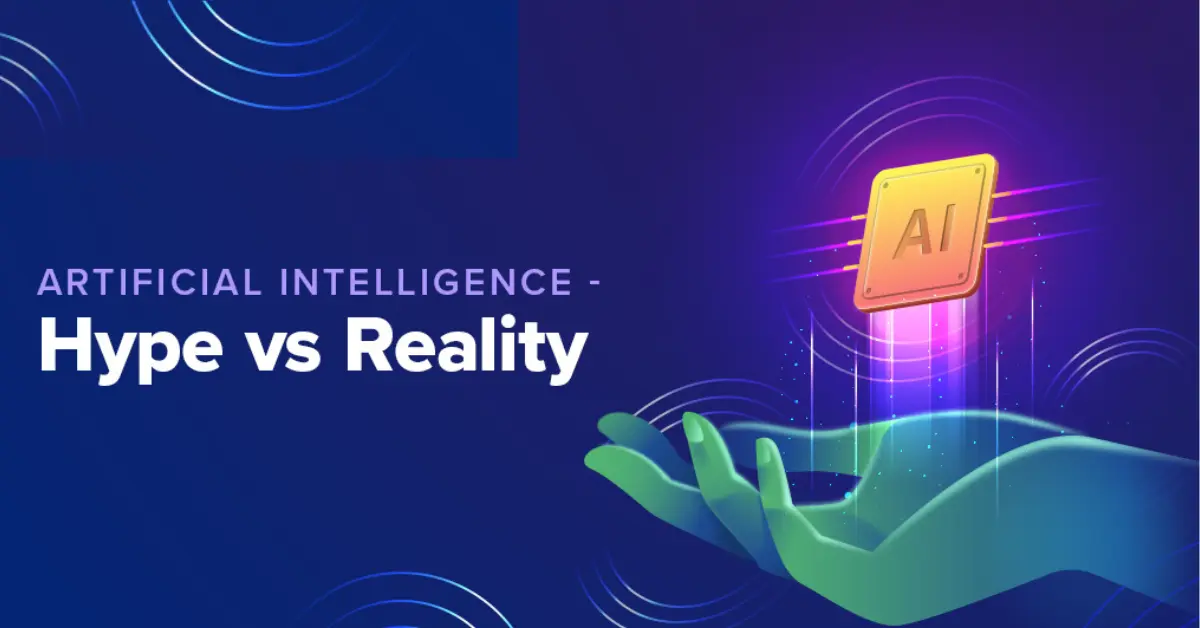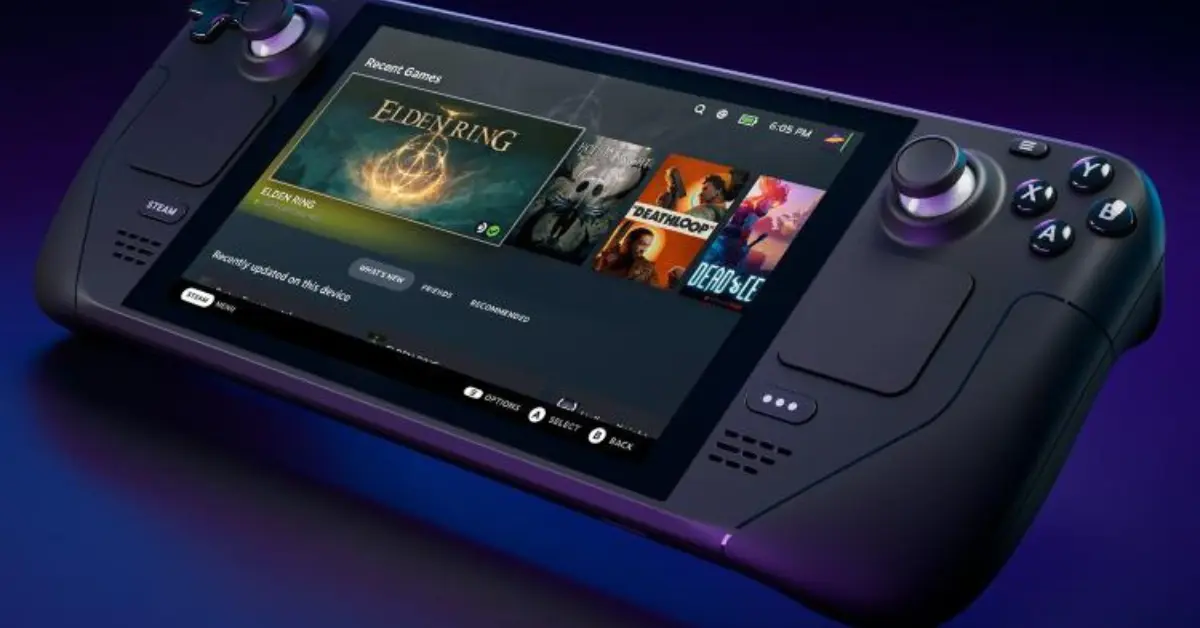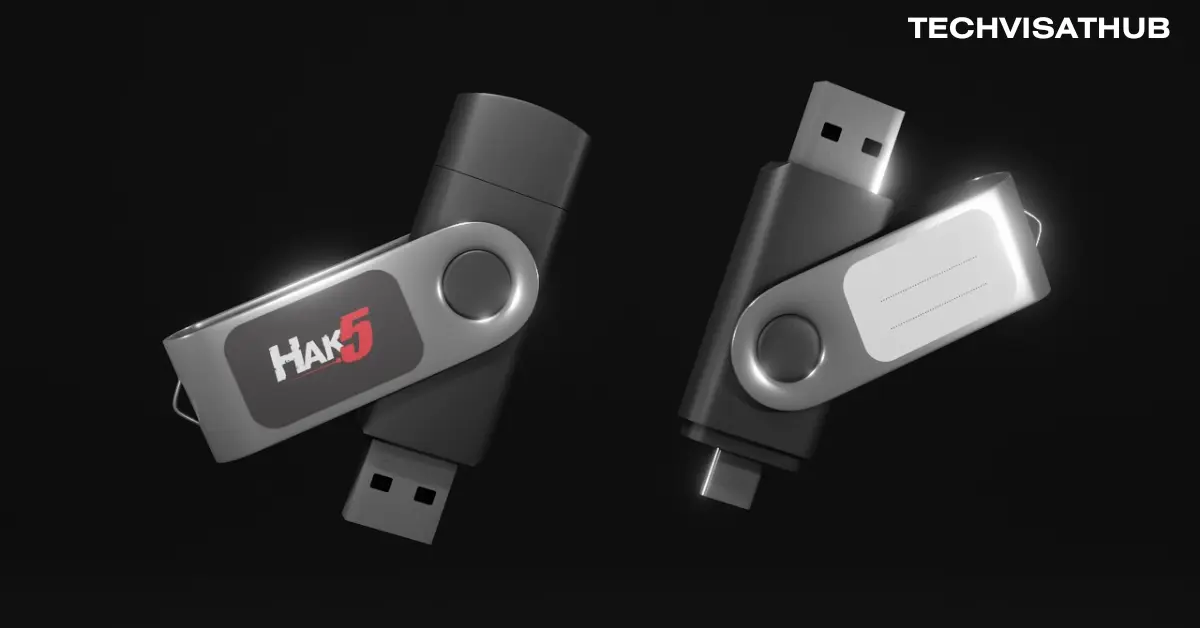I was listening to the Wired podcast this morning, and they discussed something that resonated deeply with my thoughts on emerging technologies, especially AI. They mentioned that the recent Apple WWDC showcased that AI is more of a feature than a standalone product. This insight perfectly encapsulates a question we’ve been pondering for a long time: Is AI a feature or a product?
Clubhouse: A Case Study
Let’s take Clubhouse as an example. During the pandemic, Clubhouse saw a meteoric rise as a platform for live audio stage events that would disappear after they were over. Its simplicity and timing led to a surge in popularity, topping the App Store charts and attracting major interviews and weekly shows. However, within a year or two, major platforms like Spotify, Discord, Slack, and Twitter integrated similar live audio features into their apps, effectively overshadowing Clubhouse. This scenario highlights the feature versus product debate—Clubhouse, once a standalone product, was reduced to a feature in other apps.
AI: Product or Feature?
This brings us to the current question: Is AI a product or a feature? In 2024, we saw standalone AI products like the Humane AI Pin and the Rabbit r1. Both aimed to provide dedicated AI interactions but failed to impress. However, when these AI capabilities are integrated as features within existing systems, like Apple’s iOS or Google’s ecosystem, they seem to thrive.
At Apple’s WWDC, AI features were seamlessly incorporated into various apps and operating systems. For instance, new language models enhance text writing tools, Siri now holds better conversations and understands context more efficiently, and users can even generate images and emojis directly on their devices. This integration approach makes AI a part of the user’s daily experience rather than a separate product they need to adopt.
The Future of AI Integration
Historically, it’s challenging to find examples where a standalone product outshines its feature-integrated counterparts. TikTok is an exception, where the vertical video carousel and quick-learning algorithm have kept it ahead of similar features on Instagram Reels and YouTube Shorts. Snapchat stories also maintain their popularity despite being replicated across other platforms.
The question remains: Does AI need to reach the prominence of TikTok or Snapchat to succeed as a standalone product? Or is its future more secure as an integrated feature within larger ecosystems? The approach taken by giants like Apple, Google, and Microsoft suggests that AI’s potential is maximized when woven into the fabric of existing platforms.
Conclusion
The debate over AI as a feature versus a product is far from settled. However, current trends indicate that more users will likely engage with AI as an integrated feature rather than seeking out standalone AI products. This paradigm shift poses significant challenges for new entrants in the AI space, as the barriers to creating and training comprehensive models are substantial.
Join the Conversation
What are your thoughts on AI as a product versus a feature? Can it be both, or will one approach ultimately prevail? Share your thoughts in the comments below, and let’s discuss.
Thanks for reading, and stay tuned for more insights!




Leave a Reply